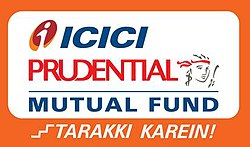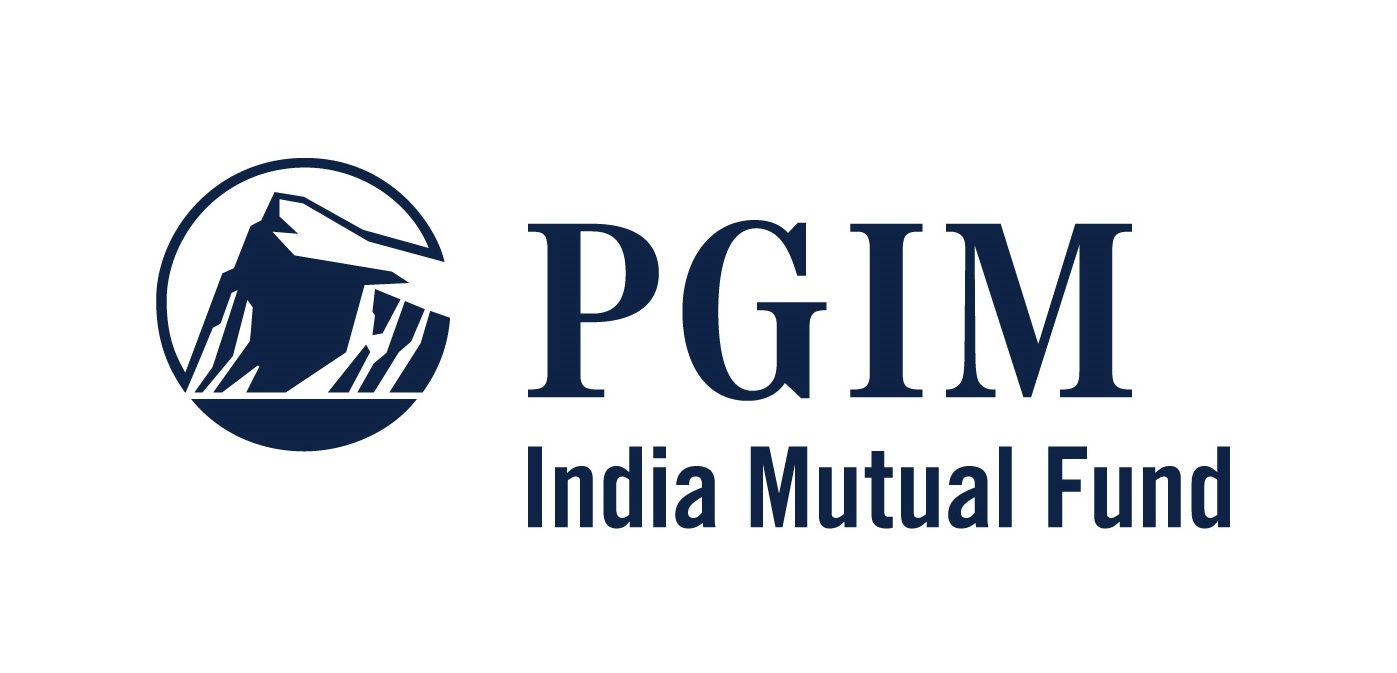Retirement Solution-Oriented Fund

1Y
3Y
5Y
SI
Nav
Risk

1Y
3Y
5Y
SI
Nav
Risk

1Y
3Y
5Y
SI
Nav
Risk

1Y
3Y
5Y
SI
Nav
Risk

1Y
3Y
SI
Nav
Risk

1Y
SI
Nav
Risk

1Y
3Y
5Y
SI
Nav
Risk

1Y
SI
Nav
Risk

1Y
SI
Nav
Risk

1Y
3Y
5Y
SI
Nav
Risk
Retirement planning is the most crucial financial undertaking for people. It cannot be overstated that the increase in life expectancy and inflation necessitates the accumulation of a substantial fund that will provide a regular income in retirement. Retirement Solution-Oriented Funds are mutual fund schemes designed for investors to plan and invest systematically towards their retirement goals, outperforming the market.
These funds combine the benefits of equity market growth with strategic portfolio construction to generate a retirement corpus aligned with your future income needs.
What Are Retirement Solution-Oriented Funds?
Retirement Solution-Oriented Funds are a category of mutual funds tailored for long-term retirement planning. They typically have the following features:
- Primarily invest in equity and equity-related instruments to maximize wealth creation over decades.
- Follow a disciplined investment strategy tailored to meet retirement goals, typically with periodic portfolio rebalancing.
- Encourage long investment horizons (usually 10+ years) for compounding benefits.
- May include a phased shift in asset allocation from equities to safer debt instruments as the investor approaches retirement, reducing risk over time.
Such funds are ideal for investors seeking to automate their retirement savings with a goal-oriented, professionally managed approach.
Key Characteristics of Retirement Solution-Oriented Funds
- Long-Term Growth Focus: Equity exposure is high in the early years to capture compounding growth, which is critical for accumulating a substantial retirement corpus.
- Gradual Asset Allocation Shift: Many retirement solution funds adjust their portfolios gradually by increasing debt allocation as the retirement age approaches. This reduces volatility and preserves capital while still earning steady returns.
- Goal-Oriented Investment Strategy: These funds often come with features like retirement age targeting, expected corpus size estimation, and planned withdrawals aligned with retirement income needs.
- Systematic Investment Plan (SIP) Friendly: SIPs are encouraged to promote disciplined investing and rupee-cost averaging, reducing market timing risks.
- Professional Fund Management: Expert fund managers design the portfolio to balance growth and safety dynamically, based on the investor's retirement timeline and risk profile.
Why Choose Retirement Solution-Oriented Funds in 2025?
The financial markets in 2025 remain vibrant, with stock markets offering solid long-term growth opportunities despite inflation and demographic shifts. Funds focused on retirement solutions are tapping into this by:
- Implications of the equity market for wealth creation combined with risk management through asset diversification.
- Giving a clear plan on how to satisfy the income needs of retirement in the future.
- Making retirement planning less complicated for those investors who wish to have a 'set-and-forget' plan under the guidance of a professional.
- Grow in a tax-efficient manner due to advantages in equity taxation.
Benefits of Retirement Solution-Oriented Funds
- Disciplined Savings for Retirement: Systematic investing helps form a regular saving habit directed towards retirement goals.
- Balanced Risk Management: A brown-skinned person living in India uses a method known as 'dynamic asset allocation' which ensures that as one gets closer to retirement, the portfolio becomes more conservative, hence, less risky.
- Potential for Higher Returns: Stocks serve as the growth driver needed to outpace inflation and accumulate a substantial amount of wealth.
- Tax Efficiency: Equity schemes offer better long-term capital gains tax benefits than traditional fixed deposits or debt schemes.
- Convenience: Investors enjoy a professionally managed and tailored portfolio designed to meet their retirement needs, reducing the need for manual work.
- Flexibility: The option to change investment amounts or give the total sum of money according to changes in life.
Who Should Invest in Retirement Solution-Oriented Funds?
- Young professionals and mid-career individuals looking to build a retirement corpus over 15–30 years.
- Investors who want a goal-oriented approach to retirement savings.
- Those who prefer professional fund management to navigate market volatility and asset allocation shifts.
- Individuals who are comfortable with equity market risks but want risk mitigation as they age.
- Investors seeking tax-efficient long-term growth aligned with retirement income needs.
Risks to Consider
- Market Risk: Since they are equity-oriented funds, they will experience stock market fluctuations, especially in the first years.
- Interest Rate Risk: As the portfolio shifts toward debt instruments closer to their maturity, changes in interest rates can impact returns.
- Long Investment Horizon Required: Typically, these funds require investment for at least 10 years to be fully utilized.
- Asset Allocation Risk: If the asset allocation is not compatible with your retirement timeline, it can lead to either excessive risk or insufficient growth.
- Manager Risk: The return is directly proportional to the fund manager's ability to make timely decisions regarding asset allocations and stock selections.
Taxation on Retirement Solution-Oriented Funds
Taxation follows equity mutual fund norms:
- Short-Term Capital Gains (STCG): 15% tax if redeemed within 1 year.
- Long-Term Capital Gains (LTCG): 10% tax on gains exceeding ₹1 lakh after 1 year.
- Dividends: Taxed as per the income tax slab, with TDS applicable on dividends over ₹5,000 per annum.
Investors should consult tax advisors to understand specific implications based on their income and investment horizon.
How to Invest?
- You can start with a lump-sum investment or a Systematic Investment Plan (SIP).
- Ideally, begin early in your career to maximize compounding benefits.
- Select a fund with a strong track record and a fund manager with experience in goal-oriented retirement investing.
- Periodically review your retirement plan and investment portfolio to ensure alignment with your retirement age and corpus target.
Get In Touch
Interested in exploring more about JezzMoney Mutual Fund Distributors Software? Submit the form, and we will respond quickly.
Get Expert Advice on Investment in Mutual Funds!
- Certified mutual fund distributors around India will reach out to help you build your future.
- Connect with trusted mutual fund distributors and find them from your city and pincode area.
- JezzMoney is only the mediator to help you connect with these certified professionals.
- It is your obligation to gather accurate information when you receive contact from our platform.